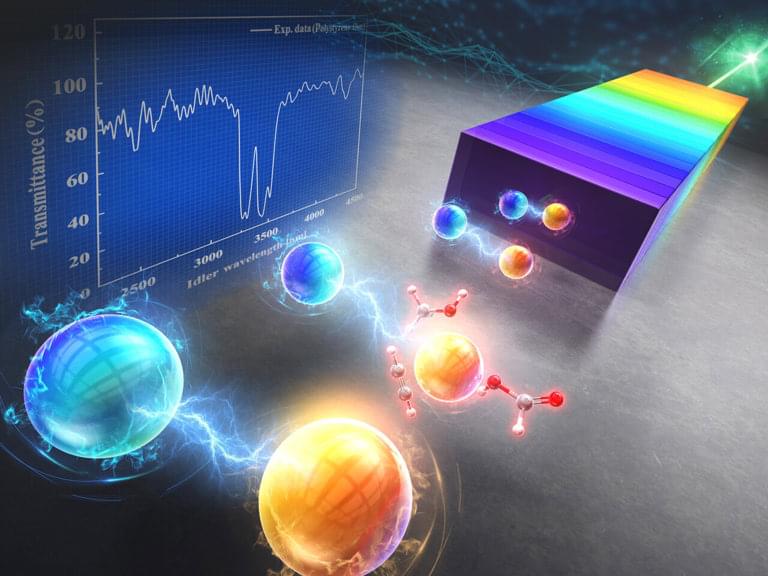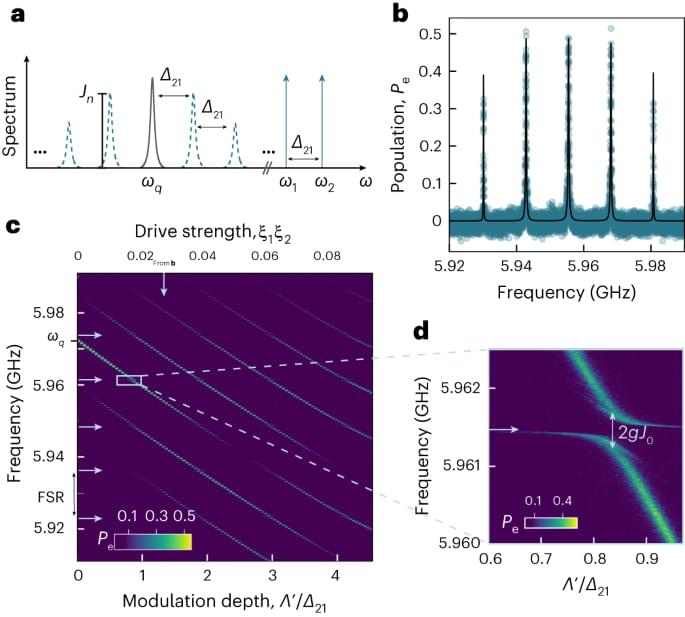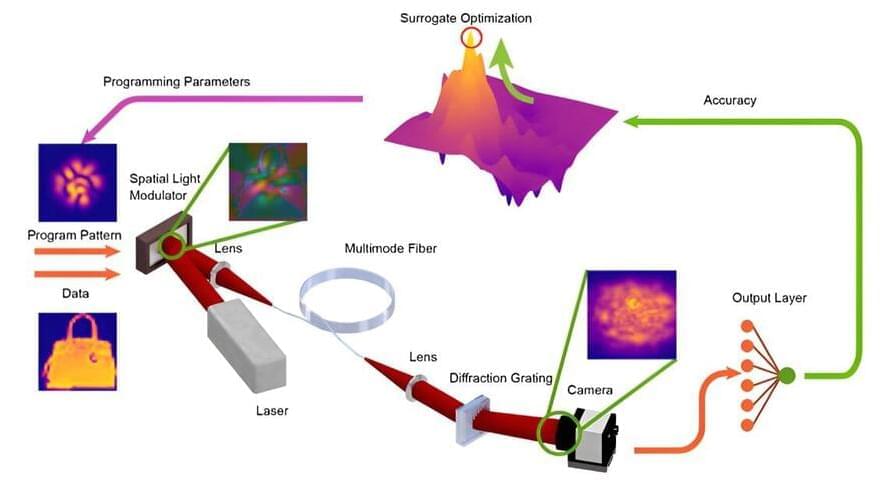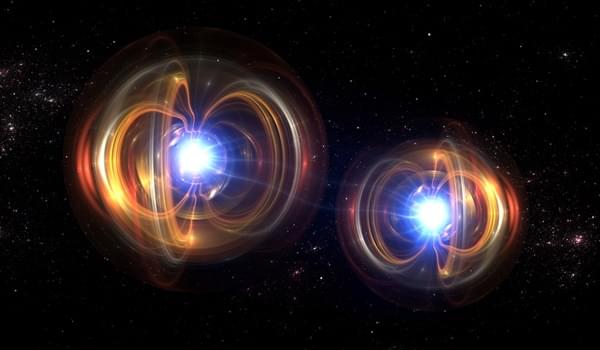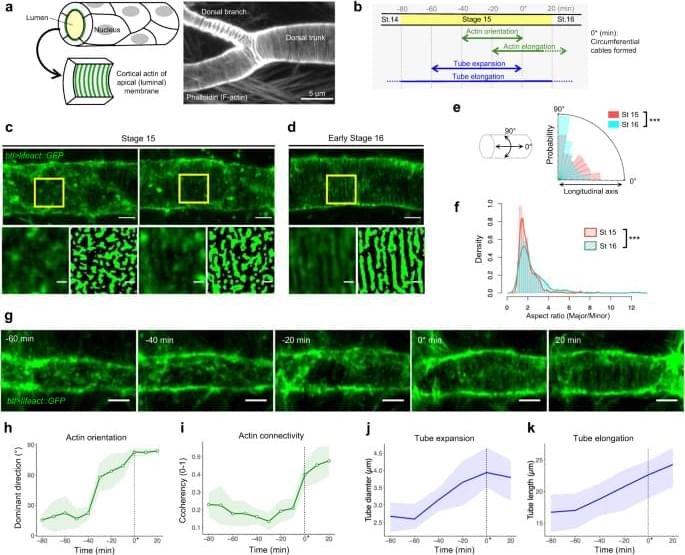The Little Helicopter That Could, also known as NASA’s Ingenuity Mars Helicopter, has unfortunately ended its mission of exploring the surface of Mars after a historic 72 flights since its first flight in April 2021. The decision to end the mission came after teams discovered that at least one rotor blade was damaged enough to where it could no longer perform aerial duties. Despite this, Ingenuity remains standing upright and communicating with Earth continues, as well.
“The historic journey of Ingenuity, the first aircraft on another planet, has come to end,” NASA Administrator Bill Nelson said in a statement. “That remarkable helicopter flew higher and farther than we ever imagined and helped NASA do what we do best – make the impossible, possible. Through missions like Ingenuity, NASA is paving the way for future flight in our solar system and smarter, safer human exploration to Mars and beyond.”
Launched onboard NASA’s Perseverance rover on July 30, 2020, and landing in Jezero Crater on Mars on February 18, 2021, Ingenuity became the first aircraft to perform a powered flight on another world on April 19, 2021. Ingenuity was originally built for a 30-day mission where it would conduct five experimental flights to demonstrate that powered flight could be achieved on another planetary body other than Earth. With a total of 72 flights under its belt, Ingenuity has far exceeded expectations in terms of its original goals and objectives. This includes a horizontal flight distance of 2,315 feet (705 meters), which was accomplished just last month on December 20, 2023.
